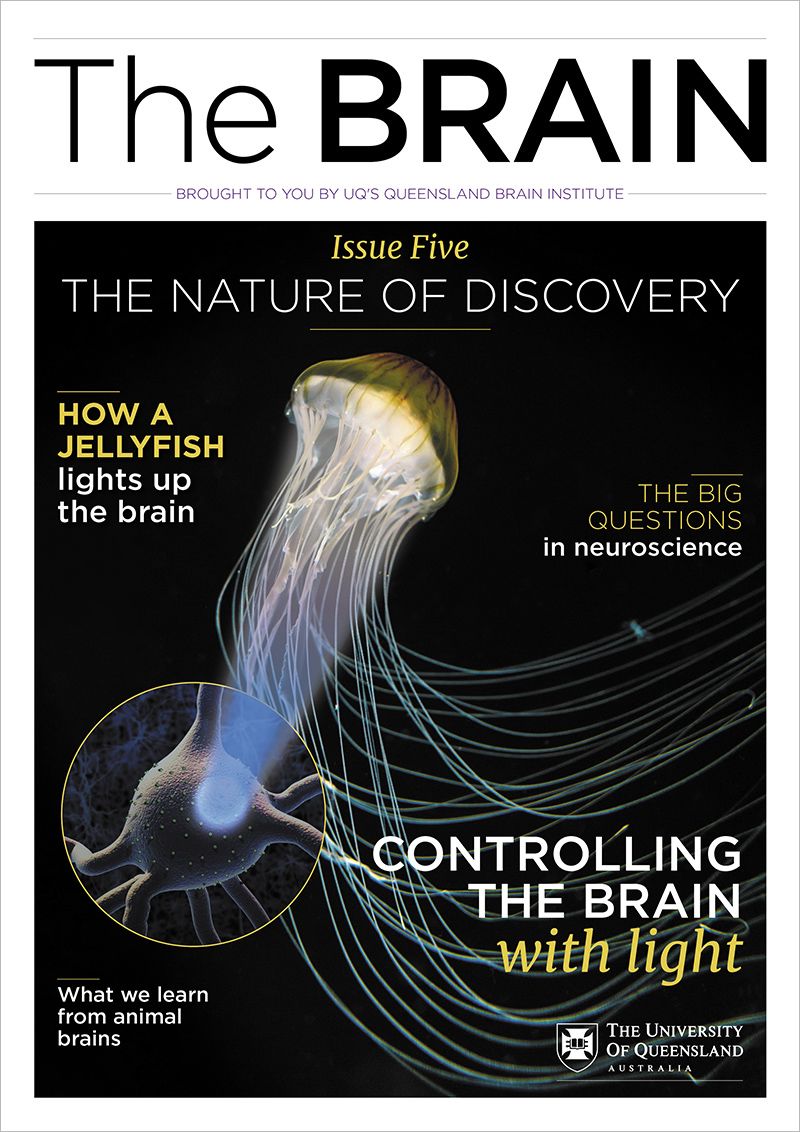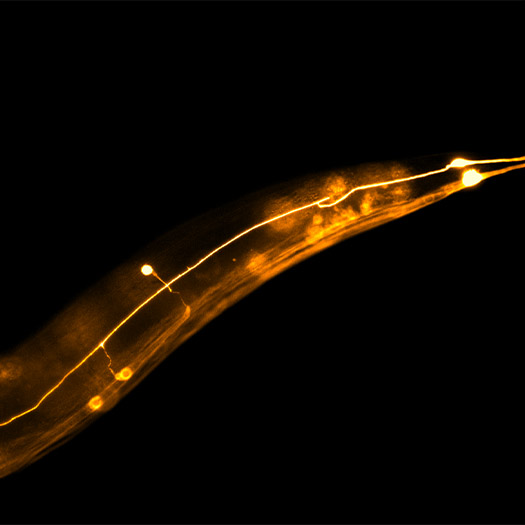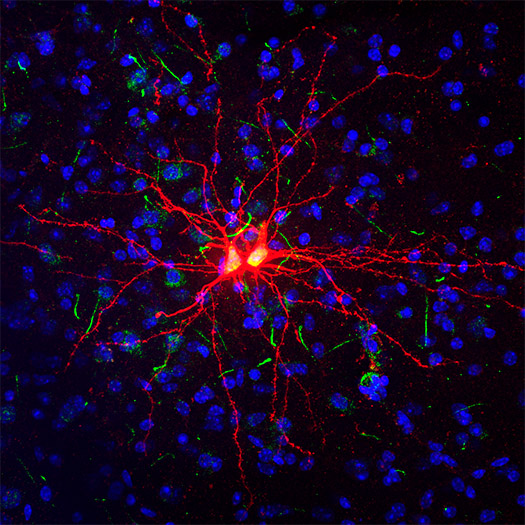Autism and the zebrafish brain

Advanced technology is illuminating how the brain learns about and perceives the world.
To understand how neurons work together to process information, scientists can monitor how connected groups of neurons across the brain activate in response to a stimulus.
Advances in technology have only recently enabled researchers to see the activity of networks of thousands of neurons in live animals, in real time.
Associate Professor Ethan Scott is investigating the circuits and networks of neurons responsible for animals’ ability to sense the world and respond with appropriate behaviours. His team studies the tiny transparent zebrafish, peering into its simple brain using a cutting-edge technology called light-sheet microscopy to show nearly all of the neurons in their brains at once.
To understand how zebrafish make sense of their world, the team records brain-wide activity while presenting images, sound, and motion stimuli to the fish. Each stimulus activates different neurons, so the scientists can see how different networks are engaged to process those stimuli.
Vestibular-responsive neurons across the Zebrafish larval brain. The colours reflect different functional profiles that the neurons have during vestibular stimulation.
The researchers then use a method called optogenetics to stimulate neurons with light in very precise ways. They can customise the light patterns projected into the animals’ brains, like a hologram, activating the exact neurons they think are responsible for visual, auditory, and vestibular processing (balance) and studying the fishes’ responses.
Scott hopes to transition from detecting patterns of activity, to defining the functional relationship of neural regions. His work, which includes studying the sensory processing in zebrafish models of Autism Spectrum Disorder, will make a difference to lives touched by ASD, which is symptomatic of neural dysfunction or loss.
A z-series of a volumetric dataset in the larval zebrafish brain. In a typical experiment, we sample from 50 different depths in the brain, at 5-micron intervals, capturing two volumes per second.
To understand how zebrafish make sense of their world, the team records brain-wide activity while presenting images, sound, and motion stimuli to the fish.







